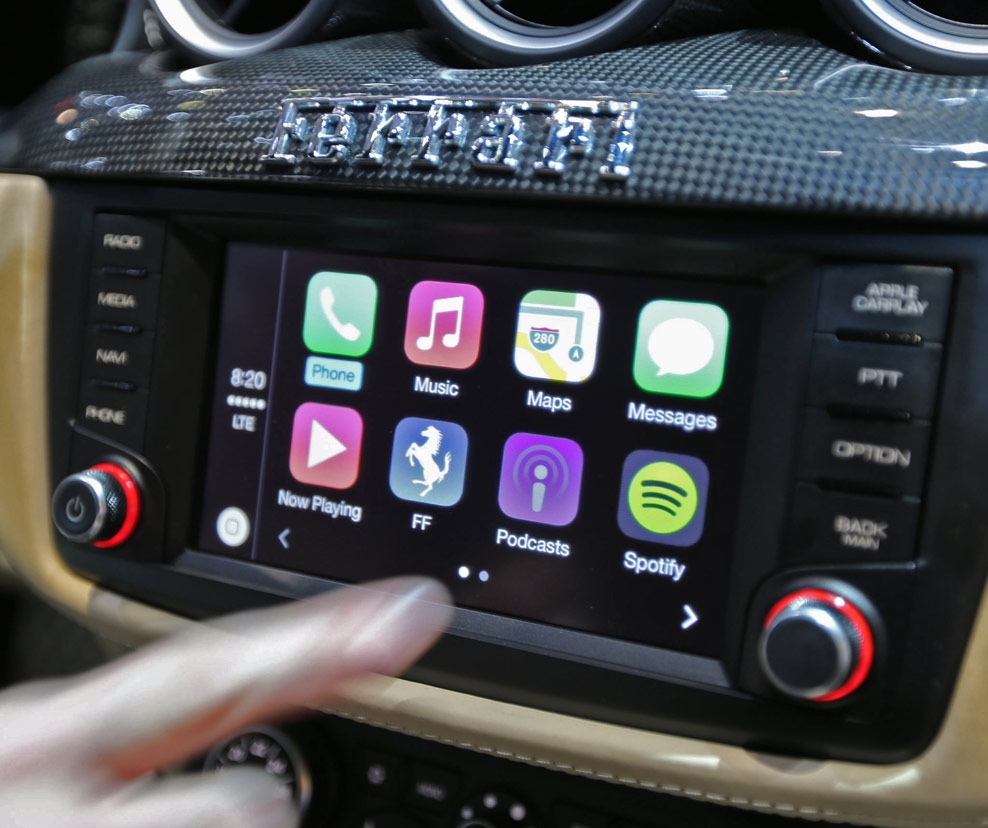Touch Screen Navigates In the realm of technology, where innovation propels us into uncharted territories, the rise of Touch Screen hardware stands as a testament to the marriage of human touch and digital prowess. These devices have redefined the way we interact with technology, ushering in a new era where the barrier between the physical and the digital world becomes more permeable. This exploration into the realm of Touch Screen hardware is a journey through the mechanics, capabilities, and the transformative potential of this technology.
The Dance of Technology and Touch
At the core of Touch Screen hardware lies a delicate dance between technology and touch—the synergy of tactile sensation and digital command. These screens aren’t just surfaces; they’re gateways that allow us to bridge the gap between our intentions and the digital responses.
The Art of Responsiveness
When you engage with Touch Screen hardware, you’re experiencing the art of responsiveness. Each touch, swipe, and pinch triggers a complex series of events where the hardware translates your physical input into actionable commands. It’s a symphony of sensors, processors, and algorithms working in harmony.
Beneath the Surface: The Anatomy of Touch Screen Hardware
While the surface is where the magic happens, the true wonder of TOUCHSCREEN hardware lies beneath. Multiple layers, including glass or plastic panels, sensors, and backlighting, come together to create an intricate structure that enables touch interactions.
Sensors: Translating Touch into Action
At the heart of Touch Screen hardware are sensors that detect your touch and relay that information to the device. Capacitive sensors, for instance, use the electrical properties of your skin to register touch, enabling precise and instantaneous responses.
Capacitive vs. Resistive: The Battle of Technologies
Two primary technologies—capacitive and resistive—form the foundation of Touch Screen hardware. Capacitive screens, found in smartphones and tablets, rely on the conductive properties of the human body. Resistive screens, on the other hand, respond to pressure, making them suitable for applications that require precision.
The Evolution of Multitouch
Touch Screen hardware has evolved beyond single-touch interactions. Multitouch capabilities, pioneered by technology giants, enable us to use multiple fingers simultaneously, opening doors to intricate gestures and experiences like pinch-to-zoom and two-finger scrolling.
From Glass to Quantum Dots: Enhancing Visuals
Touch Screen hardware isn’t just about touch—it’s about visual excellence. Advances in display technology, such as AMOLED and Quantum Dot displays, enhance visuals, making colors vibrant and blacks deep. These technologies elevate the sensory experience.
The Future of Haptics
Haptic feedback is the next frontier for Touch Screen hardware. This technology adds a tactile dimension to touch interactions by providing vibrations and sensations that mimic real-world experiences. From gentle taps to immersive vibrations, haptics redefine how we interact with digital environments.
Industrial Applications: Beyond Consumer Devices
While consumer devices have popularized Touch Screen hardware, its applications extend to industries like healthcare, automotive, and manufacturing. In medical settings, touch-enabled interfaces streamline patient data management, while in vehicles, touchscreens enhance infotainment and navigation.
Challenges: Balancing Form and Function
Creating flawless Touch Screen hardware is a challenge of balance—balancing form and function, sensitivity and durability. Engineers must ensure that screens remain responsive while resisting wear and tear from constant touch.
Privacy and Cleaning: A New Focus
As Touch Screen hardware becomes integral to our lives, concerns about privacy and hygiene emerge. The reflections left behind by fingerprints prompt innovations in anti-smudge coatings, while the demand for germ-resistant surfaces gains momentum.
Empowering Accessibility
Touch Screen hardware is a tool for empowerment, especially for individuals with disabilities. Assistive technologies transform touchscreens into tools that allow people with varying abilities to navigate digital landscapes with ease.
The Road Ahead: Innovations Await
The journey of Touch Screen hardware doesn’t stop here. Innovations like foldable screens, transparent displays, and gestural interfaces are on the horizon. As we move forward, our interaction with technology will continue to evolve, becoming more seamless, immersive, and intuitive.
Envisioning Tomorrow’s Touch Screen
Imagine a world where every surface is a touchscreen—a world where interactions are no longer confined to rigid screens but expand to every corner of our environment. Tomorrow’s Touch Screen hardware won’t just be a tool; it will be an extension of ourselves, a conduit that blurs the line between the physical and the digital.
Conclusion
As we conclude this exploration into the realm of Touch Screen hardware, we stand at the intersection of innovation and human interaction. These devices have redefined how we engage with technology, opening doors to experiences that were once confined to our imagination. Each touch is a step toward a future where the virtual and the tangible merge seamlessly—a future where the boundaries between the physical and the digital dissolve, leaving us with a world where touch is the key to unlocking the limitless possibilities of technology.

